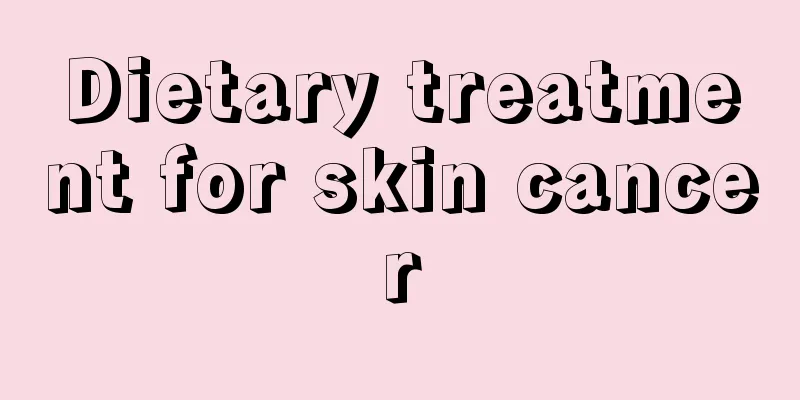Five major risk factors for ovarian cancer

|
The cause of ovarian cancer, like other cancers, has not yet been fully clarified, but its main predisposing factors include: no childbearing and breastfeeding, early menarche and late menopause, family history of cancer, frequent exposure to talc and asbestos, and a high-fat diet. 1. Not pregnant or breastfeeding Studies have shown that being unmarried and childless (infertility) are high-risk factors for ovarian cancer. Compared with women with a history of pregnancy and childbirth, women without a history of pregnancy and childbirth have a 1.7 times higher risk. Therefore, pregnancy can reduce the risk of ovarian cancer. The more pregnancies and cumulative months of pregnancy, the lower the risk of ovarian cancer. The first pregnancy has the strongest protective effect, reducing the risk of ovarian cancer by 40%. Miscarriage, stillbirth and ectopic pregnancy can also reduce the risk of ovarian cancer. 2. Early menarche and late menopause Reports have shown that the more ovulation cycles a woman has in her lifetime, the greater her risk of ovarian cancer. Therefore, early menarche and late menopause are one of the risk factors for ovarian cancer. 3. Family history of cancer Ovarian cancer tends to run in families. In addition, a family history of breast cancer, endometrial cancer, and colorectal cancer also increases the risk of ovarian cancer. 4. Exposure to talc and asbestos Experimental studies have shown that talcum powder and asbestos can migrate into the abdominal cavity, causing atypical hyperplasia of the ovarian epithelium, thereby increasing the risk of ovarian cancer. Foreign studies have found that the incidence of ovarian cancer in asbestos workers is higher than that of the general population. 5. High-fat diet High animal fat intake increases the risk of ovarian cancer. Drinking whole milk every day can also increase the risk of ovarian cancer. The more you drink, the greater the risk. Drinking skim milk reduces the risk. |
<<: 4 points to note for self-care after ovarian cancer surgery
>>: Two groups of people at high risk of liver cancer
Recommend
Can a patient have children if he has liver cancer?
Can you have children with liver cancer? As long ...
Eyelid swelling caused by mosquito bites_Eyelid swelling caused by mosquito bites
In summer, there are a lot of mosquitoes, and the...
Are energy bars harmful?
Energy bar is a kind of bar-shaped food for reple...
How to make your own blackhead extraction solution
If you want to remove blackheads, in fact, many t...
The mortality rate of artificial urticaria
Artificial urticaria is caused by bacterial infec...
What are the treatments for subacute hypothyroidism?
Subacute hypothyroidism may be unfamiliar to many...
What is the function of potassium tablets
Taking medicine is the most common way to treat d...
9 methods of daily family health massage
Here are some massage methods: 1. Dry face cleani...
What are the treatments for silicosis?
Among the many component diseases, common lung di...
What issues should be paid attention to during radiotherapy and chemotherapy for rectal cancer
In recent years, rectal cancer has become one of ...
Cost of rectal cancer stents
How much does a stent cost for rectal cancer? Rec...
How to diagnose cervical cancer in its early stages? Methods for diagnosing cervical cancer in its early stages
Cervical cancer is not unfamiliar to some women. ...
My wrist turns black after wearing a watch
Watches have been loved by many people since they...
What to do if the milk in the breast is weaning
Many women choose to breastfeed their babies beca...
What food is better for femoral head necrosis
Patients with femoral head necrosis must pay atte...









